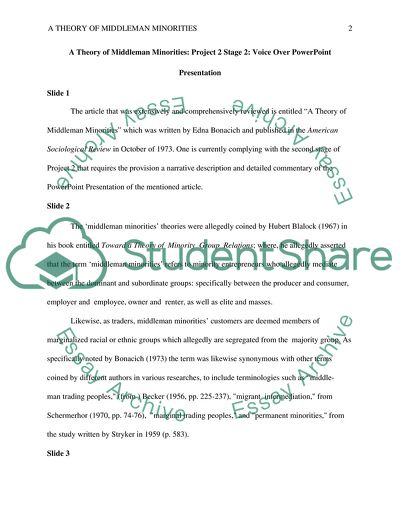Cite this document
(A Theory of Middleman Minorities - Speech Assignment, n.d.)
A Theory of Middleman Minorities - Speech Assignment. https://studentshare.org/sociology/1793268-a-theory-of-middleman-minorities-speech
A Theory of Middleman Minorities - Speech Assignment. https://studentshare.org/sociology/1793268-a-theory-of-middleman-minorities-speech
(A Theory of Middleman Minorities - Speech Assignment)
A Theory of Middleman Minorities - Speech Assignment. https://studentshare.org/sociology/1793268-a-theory-of-middleman-minorities-speech.
A Theory of Middleman Minorities - Speech Assignment. https://studentshare.org/sociology/1793268-a-theory-of-middleman-minorities-speech.
“A Theory of Middleman Minorities - Speech Assignment”. https://studentshare.org/sociology/1793268-a-theory-of-middleman-minorities-speech.


